View from the Hill 26th August 2009
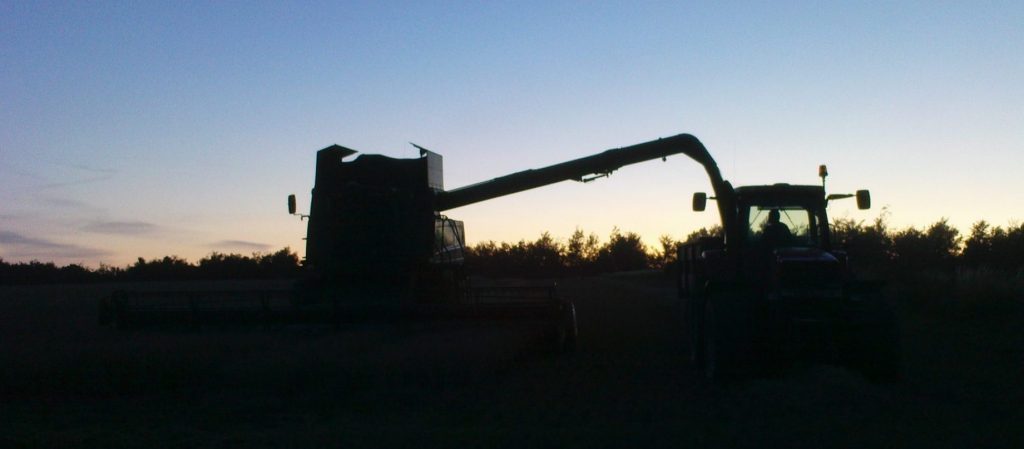
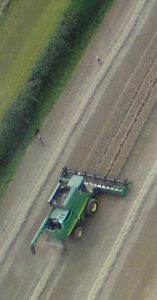
Harvest has been going well over the last 10 days, until the rain this week; This year the wheat has been yielding very well, as did the rape, and when the combine is going at full tilt, it produces at least 30 tons of grain per hour. The poor old drier can only dry grain at half that speed as the trailers pour an avalanche of grain into the wet grain pit, which then has to be dried, cleaned and weighed, before being conveyed to the right store for storage until it is sold. When we are drying grain at full speed, for example taking out 3% moisture, we might achieve 12 tons per hour, so by the end of a good day of cutting there is often a backlog of at least 100 tons, which needs to be cleared by start of combining the next day. This means some mug has to drive the drier for some very long days. This is not to say that everyone isn’t working very hard; muckspreading and cultivations have been full ahead, as well as the combining, assisted by a number of keen young grain carters.
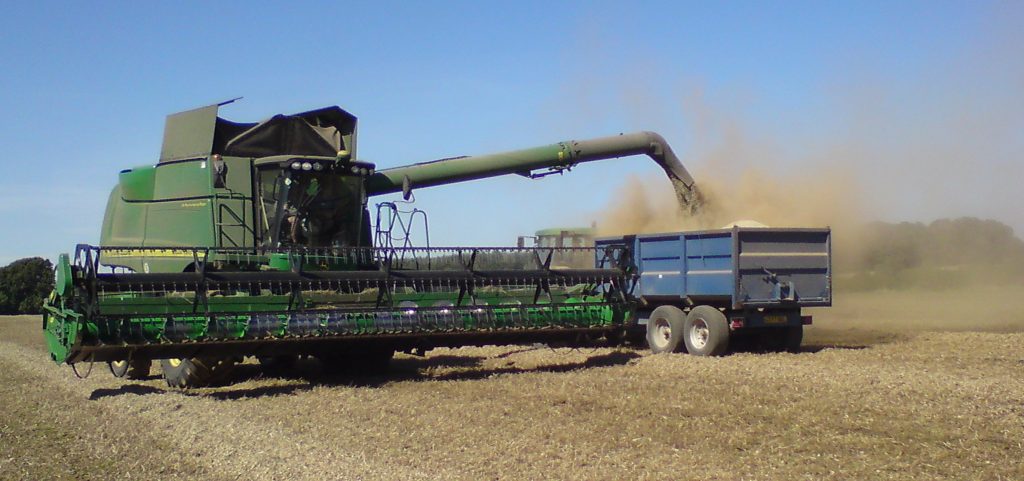
The combine has had its ups and downs this season, it has cut a lot of acres, but has suffered more than it fair share of breakdowns, some due to hard conditions, such as short crops and large flints, or incredibly difficult and frustrating PEAS. Please remind us NEVER, EVER to grow the damn things again. We last grew them 10 years ago, and had rather carelessly forgotten how damaging they can be to man and machine. After looking fantastic all season, by harvest time, and after all the rain of July, they are all within 3 inches of the ground, covered in splashed soil, and clammy and difficult to get into the combine, where they then create an amazing amount of dust, and the damper soil sticks to the inside of all the awkward to reach innards of the combine, and slowly bungs it up.
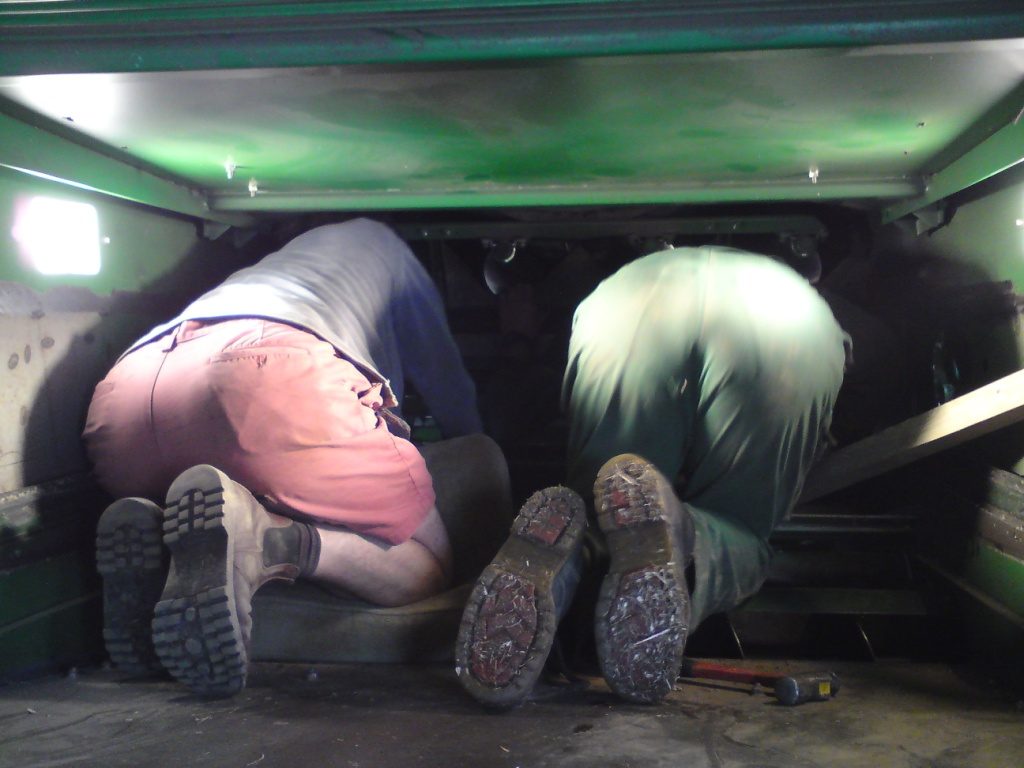
We were cutting peas yesterday, when a repeat of a serious breakdown from several weeks ago has resulted in needing to remove much of the combine’s innards. A good deal of new metal is hopefully on its way from Nottinghamshire, or even Germany, overnight, so it can be put together again tomorrow. The picture is the view from the rear of the combine, inspecting the damage. As I write, we have around 125 acres of wheat, 25 of peas, and 160 of beans still to cut. Let’s hope the rain clears up quickly, more sunshine please!
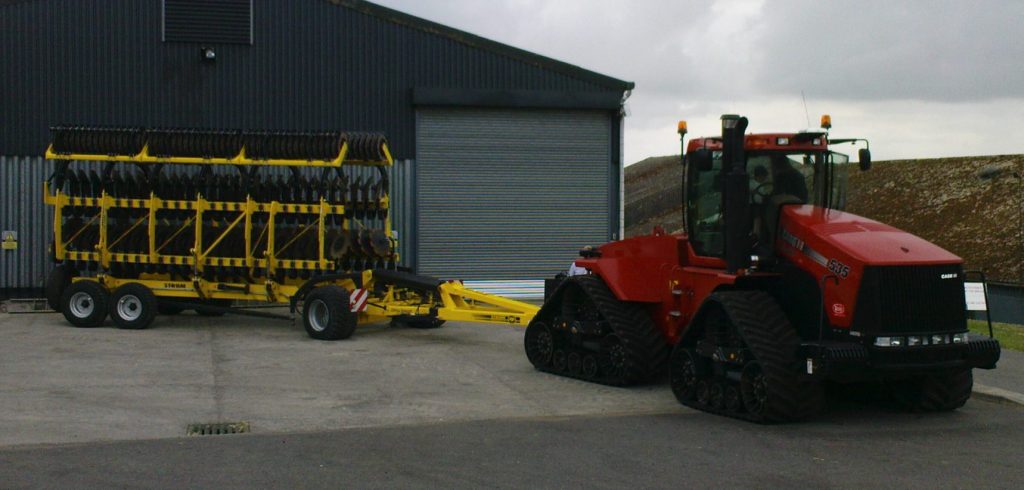
This one shows the biggest set of discs to be found locally, hitched to a 500 horsepower tractor.
This is the kind of kit that machinery-mad farmers (and their children) talk about at the dinner table. These discs are 12 metres wide when unfolded and ready for work, which is twice as wide as our own set, which Norman pulls with a 230 hp tractor.
